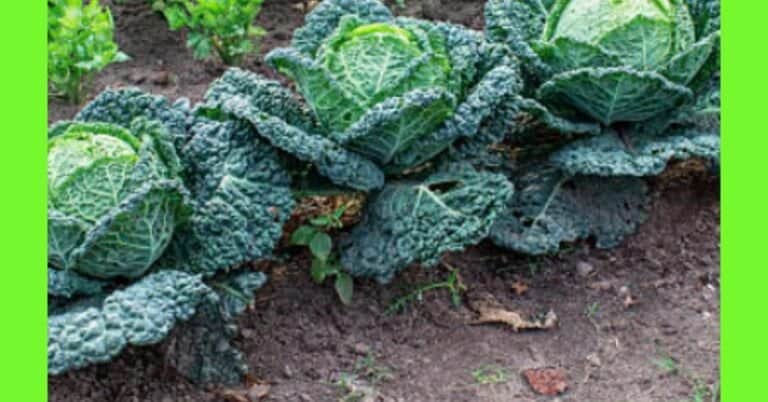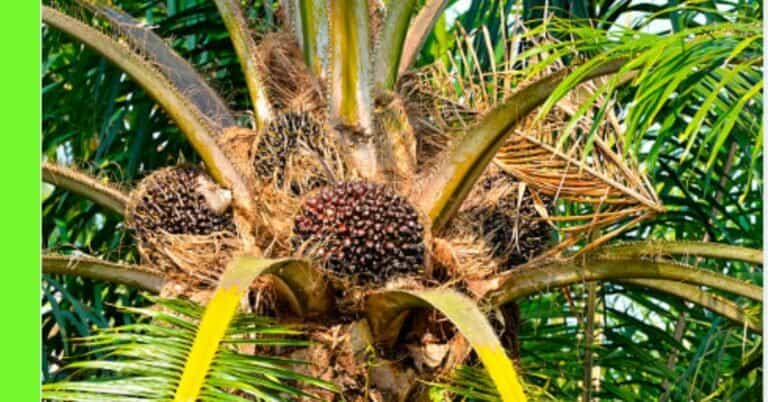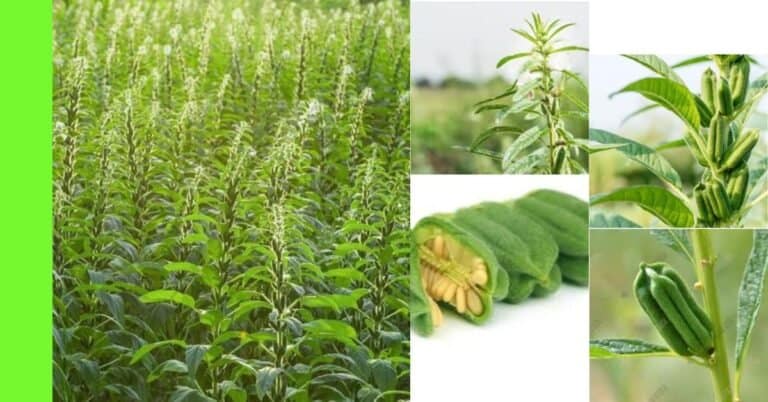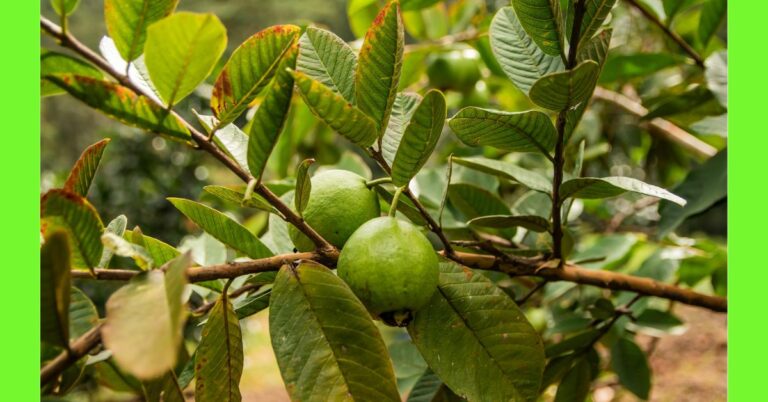How To Plant Avocado From Seed
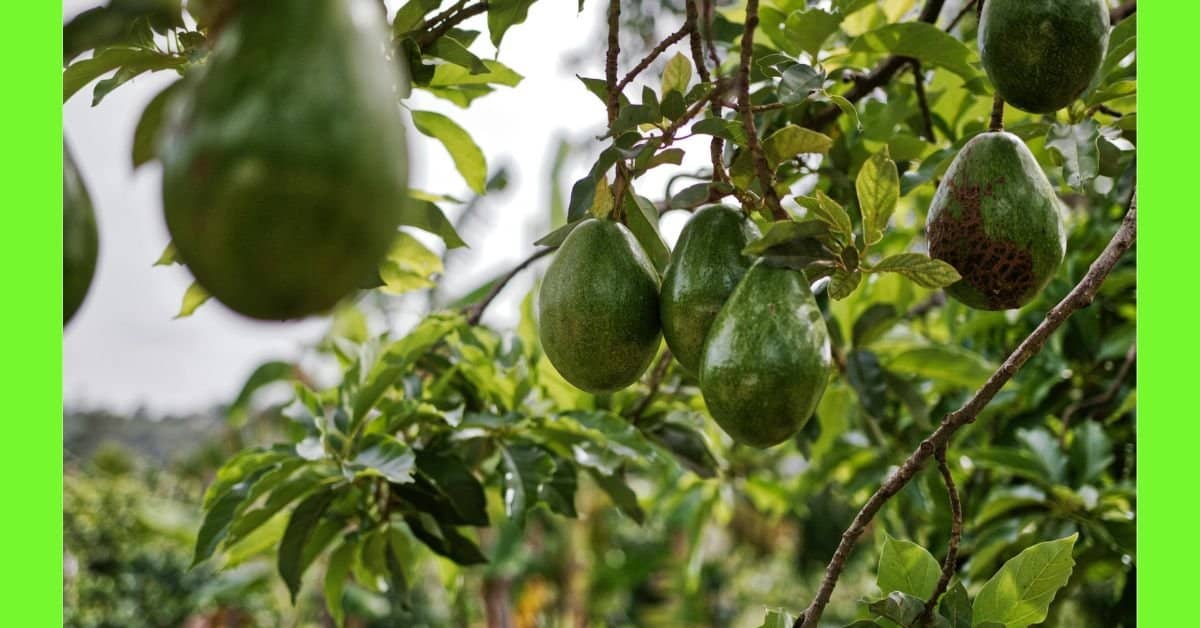
Avocado is a highly nutritious fruit rich in healthy fats, vitamins, and minerals.
Growing avocado can be rewarding if you follow the right planting techniques and management practices.
This guide will take you through every step explaining how to plant avocado, from selecting the right location to managing pests and diseases.
Description of an Avocado Plant
The avocado plant, scientifically known as Persea americana, is a tropical tree that belongs to the Lauraceae family.
It grows up to 20 meters in height but can be pruned to maintain a manageable size.
Avocado trees have broad, leathery leaves that are elliptical in shape.
They also bear small, greenish-yellow flowers.
The fruit, also called avocado or alligator pear, is pear-shaped.
It has a rough, green outer skin and creamy flesh that encloses a single large seed.
Avocado trees thrive in warm climates, making them ideal for cultivation in Nigeria.
Planting Season for Avocados
In Nigeria, the best time to plant avocado is at the beginning of the rainy season, typically from March to May, depending on the region.
Planting during this period ensures the seedlings have enough water to establish strong roots.
However, in regions with good irrigation, planting can be done at any time of the year.
Planting Avocado
Step 1: Choose a Location
Avocado trees grow best in locations with full sun exposure.
Choose an area that receives at least 6-8 hours of direct sunlight daily.
The soil should be well-drained and rich in organic matter, with a pH ranging from 6.0 to 7.0.
Avoid waterlogged areas, as avocado roots are susceptible to root rot.
Step 2: Land Clearing and Preparation
Before planting, clear the land of weeds, shrubs, and other debris.
If planting on a large scale, consider ploughing and harrowing to loosen the soil and improve aeration.
Prepare mounds or raised beds to ensure proper drainage, especially in areas prone to flooding.
To enrich the soil, you can also incorporate organic matter, such as compost or well-decomposed manure.
Step 3: Means of Propagation
Avocados are propagated through seeds; seeds from the fruits are used.
You can get the seed from an existing matured avocado fruit or purchase seeds or seedlings from garden stores.
Step 4: How to Plant Avocado from Seed
If you decide to grow avocado from seed, here’s a step-by-step guide:
- Extract the Seed: After enjoying the fruit, gently remove the seed from the avocado without damaging it.
- Clean the Seed: Rinse the seed under water, air dry the seed
- Planting: Make a hole in the soil put the seed into the soil, and cover the seed in the hole with soil.
- Germination: It takes about one to two months for the seed to germinate.
Step 5: Watering
Avocado trees require consistent watering, especially in their early stages.
Water the tree once or twice a week, depending on the weather conditions.
The soil should be moist but not waterlogged.
Overwatering can lead to root rot, so ensure the soil has good drainage.
During the dry season, you may need to water more frequently.
Step 6: Apply Manure
Avocado trees benefit from organic manure such as compost, cow dung, and poultry.
Apply manure during the planting phase and continue to feed the plant with organic fertilizers every 3 to 4 months.
This will improve soil fertility, enhance fruit production, and support healthy growth.
Avoid chemical fertilizers, which may burn the tree’s roots or lead to nutrient imbalances.
Maturity and Harvest
Avocado trees grown from seed take about 4-13 years to start fruiting,
The fruits mature over 6-9 months, depending on the variety.
To determine if an avocado is ready for harvest, gently press it—it should yield to slight pressure.
The skin may also change from green to a darker colour.
Harvesting should be done carefully to avoid damaging the fruit.
Use a sharp knife or pruning shears to cut the fruit from the tree, leaving a small portion of the stem attached.
Store avocados at room temperature to ripen fully.
Pests and Diseases
Avocado plants in Nigeria are prone to a variety of pests and diseases. Common pests include:
- Fruit flies: These insects lay eggs inside the fruit, causing it to rot.
- Aphids: These tiny pests suck the sap from the leaves, weakening the tree.
- Mites: Mites can cause discolouration and damage to the leaves.
Common diseases affecting avocado trees include:
- Root Rot (Phytophthora): This is caused by poor drainage and overwatering. It leads to yellowing leaves, stunted growth, and eventual tree death.
- Anthracnose: A fungal disease that causes dark spots on the leaves and fruit.
- Powdery Mildew: This is a white powdery substance on the leaves and can hinder photosynthesis.
Pest and Disease Control
To control pests and diseases in your avocado farm, consider the following:
- Cultural Practices: Ensure proper spacing between trees to promote air circulation and reduce humidity, which can attract fungal diseases. Prune dead or diseased branches regularly.
- Natural Remedies: Introduce beneficial insects like ladybugs to control aphids naturally. Neem oil or insecticidal soap can also deter pests without harming the plant.
- Fungicides: Copper-based fungicides are applied to treat fungal diseases like anthracnose and powdery mildew. Always follow the manufacturer’s instructions to avoid damaging the plant.
- Drainage: To prevent root rot, ensure the soil drains well. If you notice waterlogging, create ditches or raised beds.
How Many Avocado Plants Can I Grow on an Acre of Land, and What Quantity Can I Harvest?
On an acre of land, you can grow about 80-100 avocado trees, depending on the spacing.
The recommended spacing for avocado trees is 8-10 meters apart to allow enough room for their branches to spread and for easy farm management.
The yield of avocado trees depends on several factors, including the variety, care, and environmental conditions.
On average, a mature avocado tree can produce 200-300 fruits per year.
With 80-100 trees per acre, you can expect to harvest around 16,000 to 30,000 avocados annually, with a well-managed farm yielding even higher numbers.
In conclusion, avocado farming in Nigeria can be profitable if you follow the right steps in planting, maintaining, and managing your trees.
Proper land preparation, good watering practices, pest control, and regular application of organic manure will ensure a healthy and productive avocado farm.
I hope this article was helpful.
Is there any crop you want to grow and can’t find in our How to Grow category?
Let us know; leave a note in the comment box below.



